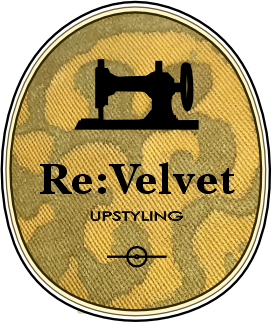
Circular Economy vs. Growth Paradigm: Managing the Contradiction
In recent years, the concept of the circular economy has gained traction as a promising framework for addressing the world’s environmental crises. This philosophy champions reducing waste, reusing materials, and designing systems that operate within planetary boundaries. It contrasts sharply with the prevailing economic growth paradigm, which prioritizes perpetual expansion and resource extraction. Reconciling these two seemingly opposing ideologies poses a significant challenge but also an opportunity to reshape our economies and societies for the better.
Understanding the Contradiction
At its core, the circular economy is about sustainability—an economic system designed to minimize waste and make the most of resources. It challenges the traditional linear "take-make-dispose" model that dominates global industries. Instead, it proposes a regenerative approach, where products, components, and materials are reused, repaired, or recycled in a closed loop.
On the other hand, the current economic growth paradigm relies on increasing consumption and production to fuel GDP expansion. This model often leads to overexploitation of resources, environmental degradation, and waste accumulation. It thrives on planned obsolescence, cheap raw materials, and unchecked consumerism—principles that are antithetical to the ethos of a circular economy.
The contradiction lies in the fact that circularity seeks to slow down resource use and consumption, whereas growth-oriented systems often accelerate it.
The Challenges of Reconciliation
Economic Dependence on Growth
Modern economies are heavily reliant on growth to ensure stability, employment, and wealth creation. Governments and businesses are incentivized to pursue policies and practices that stimulate short-term economic gains, often at the expense of long-term sustainability.
Cultural Norms and Consumer Behavior
Consumer cultures, especially in developed economies, are driven by the desire for the new, the convenient, and the disposable. Transitioning to a circular model requires a significant cultural shift toward valuing durability, repairability, and shared ownership.
Systemic Inertia
Existing industrial systems, supply chains, and financial institutions are deeply entrenched in linear practices. Transforming these systems to support circularity involves significant investment, innovation, and collaboration.
Strategies to Manage the Contradiction
Despite these challenges, there are ways to navigate the tension between circular economy principles and growth-oriented systems.
Redefine Growth Metrics
GDP, the traditional measure of economic success, does not account for environmental degradation or resource depletion. Alternative metrics like the Genuine Progress Indicator (GPI) or Doughnut Economics framework incorporate ecological and social well-being into assessments of progress. Transitioning to these measures can align economic incentives with circular principles.
Foster Decoupling
"Decoupling" refers to separating economic growth from resource use and environmental impact. Advances in technology, renewable energy, and sustainable practices can enable businesses to grow while reducing their ecological footprint. For example, shifting from ownership to service models (e.g., product-as-a-service) can increase resource efficiency.
Promote Policy and Regulation
Governments play a critical role in bridging the gap. Policies like extended producer responsibility (EPR), circular design mandates, and tax incentives for sustainable practices can encourage businesses to adopt circular models while maintaining profitability.
Cultivate Circular Innovation
Businesses can invest in innovations that generate new economic value through circularity. For instance, creating products designed for easy disassembly or leveraging waste streams as input materials for new products can drive growth within a circular framework.
Encourage Cultural Transformation
Public awareness campaigns and education initiatives can shift societal attitudes toward valuing sustainability over convenience. Supporting movements that emphasize minimalism, repair culture, and collaborative consumption can complement policy and business efforts.
A Vision for the Future
While the circular economy and the growth paradigm appear to be at odds, they need not be mutually exclusive. By redefining success, fostering innovation, and reimagining cultural values, societies can create systems that prioritize both economic resilience and ecological sustainability.
The journey will not be easy, but it is necessary. Managing this contradiction is not just about reconciling two philosophies; it is about ensuring the long-term survival and prosperity of humanity within the limits of our planet.
To Conclude
The circular economy presents a bold vision for a sustainable future, while the growth paradigm reflects our current economic realities. Balancing these forces requires innovative thinking, systemic change, and collective effort.
By embracing the tension and working to harmonize these opposing forces, we can move toward an economic model that supports both human development and the health of our planet.
